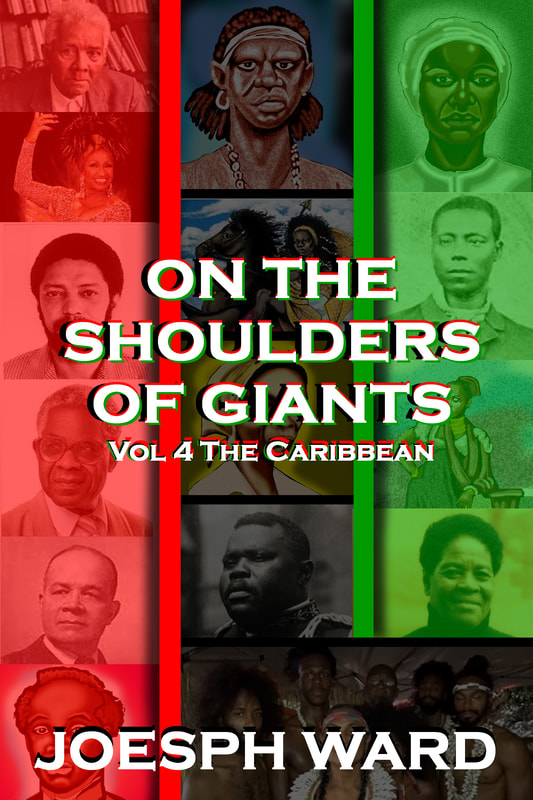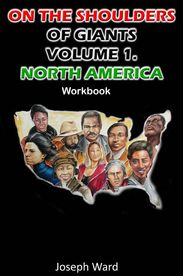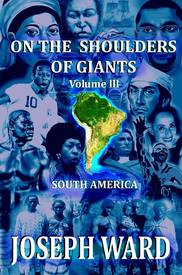|
The Universal Negro Improvement Association and African Communities League (UNIA-ACL) is a seminal organization in the history of Black empowerment and Pan-Africanism. Founded by Marcus Garvey in 1914 in Jamaica, the UNIA-ACL aimed to unite people of African descent worldwide, promoting racial pride, economic self-sufficiency, and the establishment of a unified Black nation in Africa. It emerged as one of the largest mass movements in Black history, with millions of members across continents. At a time when racial discrimination and colonialism were rampant, Garvey's vision was bold and unprecedented. He called for Black people to reclaim their heritage and build a future free from the oppression of white supremacy. The UNIA-ACL advocated for education, economic empowerment, and political self-determination, with a focus on creating businesses owned and operated by Black people to foster economic independence. One of the organization's most iconic initiatives was the Black Star Line, a shipping company designed to facilitate trade among Black communities and symbolize Black entrepreneurial success. Although the Black Star Line faced significant challenges and eventually collapsed, it embodied the UNIA-ACL's spirit of innovation and ambition. The UNIA-ACL also had a profound impact on Black culture and identity. It popularized the red, black, and green flag, which became a symbol of Black unity and pride. The organization's grand parades and conventions attracted tens of thousands of participants, creating a sense of solidarity and shared purpose among Black people around the world. Despite its influence, the UNIA-ACL faced intense scrutiny from the U.S. government and other authorities, leading to Garvey's arrest and deportation. Nevertheless, the organization's legacy endured, inspiring subsequent generations of civil rights activists, Pan-Africanists, and Black nationalists. The UNIA-ACL's story is a testament to the power of collective action and the enduring struggle for Black liberation. It challenged prevailing notions of racial hierarchy and laid the groundwork for future movements seeking justice and equality for all people of African descent.
0 Comments
The First Black Power Conference was held in Newark, New Jersey, from July 20 to July 23, 1967. This historic event was significant in the development of the Black Power movement during the 1960s, attracting over a thousand activists, intellectuals, and leaders from across the United States. The conference aimed to unify and mobilize African Americans around the principles of Black Power, which emphasized self-determination, cultural pride, and community control. The conference's agenda included a variety of topics, ranging from political strategies and economic empowerment to education and cultural identity. Participants discussed the importance of African-American solidarity, explored the role of Black political leadership, and examined the impact of systemic racism on their communities. The conference also focused on fostering a sense of Black pride and self-respect while challenging the dominant narratives of American society. Notable attendees at the conference included Stokely Carmichael, a prominent civil rights activist and a key figure in the Black Power movement; Nathan Wright Jr., an Episcopal priest and activist who chaired the conference; and representatives from various civil rights organizations like the Congress of Racial Equality (CORE) and the Student Nonviolent Coordinating Committee (SNCC). Several others included Ron Karenga, the founder of Kwanzaa; H. Rap Brown, the chairman of SNCC; and Maulana Karenga, a cultural nationalist and founder of the US Organization. The conference's objective was to create a platform to articulate and promote Black Power ideals and foster unity among African Americans to combat racial oppression. It provided a forum for discussing strategies to gain political influence, achieve economic independence, and reclaim cultural heritage. The outcomes of the conference led to the development of the "Newark Plan," which outlined steps for increasing African-American political participation and establishing community control over education and other local institutions. The conference also sparked the creation of similar gatherings across the country, further solidifying the Black Power movement's influence in shaping the course of African-American history during the late 1960s and beyond. Overall, the First Black Power Conference in Newark was a turning point in the Black Power movement, serving as a catalyst for continued activism and laying the groundwork for a new era of Black pride and empowerment. In the fabric of American history, there exists a thread, woven with determination, intellect, and unwavering commitment to the upliftment of Black Americans. Among the luminaries who have woven this path stands Dr. Amos N. Wilson, a towering figure whose contributions span the realms of academia, social theory, and Pan-African thought. As a theoretical psychologist, social theorist, author, and professor, Dr. Wilson wielded his intellect as a weapon against the forces of oppression, seeking not only to educate but to empower and uplift his people. Born into the crucible of racial segregation and systemic inequality, Dr. Amos N. Wilson emerged as a beacon of hope for countless Black Americans. Raised in Hattiesburg, Mississippi, he bore witness to the struggles and triumphs of his community, fueling his resolve to effect meaningful change. Armed with a keen intellect and an insatiable thirst for knowledge, Wilson embarked on a journey of academic excellence that would lay the foundation for his lifelong crusade for justice. Central to Dr. Wilson's philosophy was the recognition of the interconnectedness of race, power, and liberation. His seminal works, including "Blueprint for Black Power" and "The Developmental Psychology of the Black Child," served as intellectual roadmaps for understanding the dynamics of oppression and charting a course toward liberation. Through meticulous scholarship and incisive analysis, Wilson challenged prevailing narratives of Black inferiority, exposing the insidious mechanisms of white supremacy that sought to subjugate and dehumanize. At the heart of Dr. Wilson's scholarship was a deep commitment to empowering Black communities. Unlike many academics who remained ensconced within the ivory tower, Wilson was unafraid to venture into the trenches, engaging directly with grassroots movements and community organizations. Through his lectures, workshops, and grassroots organizing efforts, he sought to imbue his fellow Black Americans with a sense of agency and self-determination, instilling within them the belief that they possessed the power to shape their destinies. Moreover, Dr. Wilson's Pan-African vision transcended the confines of national borders, recognizing the shared struggles of Black people across the diaspora. He understood that true liberation could only be achieved through solidarity and collective action, and he tirelessly advocated for unity among people of African descent. In doing so, he breathed new life into the Pan-Africanist tradition, inspiring generations of activists and intellectuals to envision a world free from the shackles of colonialism and imperialism. In an age marked by renewed calls for racial justice and equality, the teachings of Dr. Wilson resonate more deeply than ever before. As we confront the enduring legacy of systemic racism, let us heed the wisdom of this visionary thinker and continue the struggle for a world where all are truly free. the legacy of Dr. Amos N. Wilson is not merely one of academic achievement or intellectual prowess. It is a testament to the power of knowledge wielded in service of justice, to the enduring spirit of resistance that courses through the veins of Black America. As we reflect on his contributions, let us recommit ourselves to the pursuit of his vision: a world where Black lives not only matter but thrive, where the chains of oppression are shattered, and where black liberation is a reality. Following the Civil War, the United States faced the daunting task of rebuilding a shattered nation. Emancipation promised freedom to millions of enslaved African Americans, yet the oppressive system of sharecropping marred the reality of their newfound liberty. Emerging in the Reconstruction era, sharecropping became a pervasive and exploitative practice, perpetuating economic bondage and obstructing the path to wealth accumulation for African Americans. Let’s delve into the origins, mechanics, and devastating impacts of sharecropping, illuminating its role in the prolonged subjugation of Black Americans. Sharecropping arose in the aftermath of the Civil War as a purported solution to the labor shortage plaguing Southern agricultural economies. With the abolition of slavery, plantation owners faced the challenge of sustaining their vast plantations without a readily available workforce. The system of sharecropping offered a compromise, allowing former slaves to work the land in exchange for a share of the crops produced. However, this seemingly equitable arrangement masked a deeply exploitative reality. Under the sharecropping system, landowners provided tenants—predominantly African Americans—with land, seeds, and tools in exchange for a portion of the harvest. However, the terms of these agreements were heavily skewed in favor of the landowners, trapping sharecroppers in cycles of debt and dependency. In many cases, landowners charged exorbitant interest rates on supplies, trapping sharecroppers in perpetual indebtedness. Moreover, arbitrary pricing and accounting practices often left sharecroppers with meager returns for their labor, continuing a cycle of poverty. Sharecropping served as a potent tool for the further subjugation of African Americans in the post-Civil War South. Despite the abolition of slavery, sharecroppers were subject to conditions akin to serfdom, with little autonomy or control over their lives. The inability to accumulate wealth through sharecropping thwarted African Americans' aspirations for economic independence and upward mobility, relegating them to a continuous cycle of poverty and dependence on white landowners. The oppressive nature of sharecropping was further exacerbated by a legal and social framework that reinforced racial inequality. Black sharecroppers were systematically denied access to education, economic opportunities, and political rights, further entrenching their economic disenfranchisement. Moreover, the pervasive racism of the Jim Crow era meant that African Americans faced violence, intimidation, and discrimination if they sought to challenge the status quo. Despite their formidable obstacles, African American sharecroppers demonstrated remarkable resilience and resistance in the face of oppression. From organizing labor strikes to participating in the Civil Rights Movement, Black agricultural workers played a pivotal role in challenging the injustices of sharecropping and demanding greater economic and social justice. While sharecropping as a formal institution has largely faded into history, its legacy continues reverberating in the economic disparities that persist in the United States today. The enduring wealth gap between Black and white Americans can be traced back to the inequities created by sharecropping and the broader system of racial oppression that underpinned it. Addressing these disparities requires a reckoning with the legacies of the past and a commitment to dismantling systemic barriers to economic opportunity and racial justice. Sharecropping stands as a stark reminder of the legacy of slavery and racial oppression in the United States. Far from emancipating African Americans, the system of sharecropping maintained economic exploitation and subjugation, thwarting black aspirations for freedom and prosperity. As we confront the ongoing challenges of racial inequality and economic injustice, it is essential to recognize the historical roots of these disparities and work towards a greater future for all Americans. |
Details
Categories
All
Click Here to join our mailing list
|
Contact Us: |
Connect With Us |
Site powered by PIT Web Design

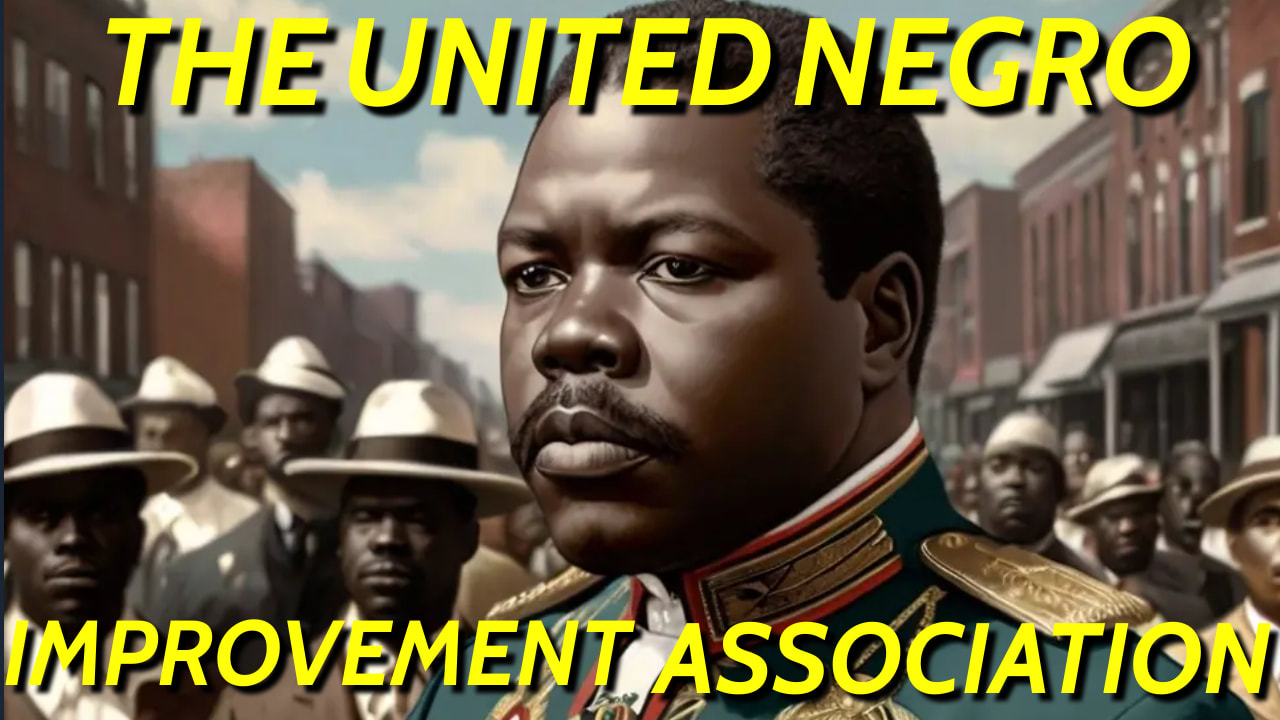
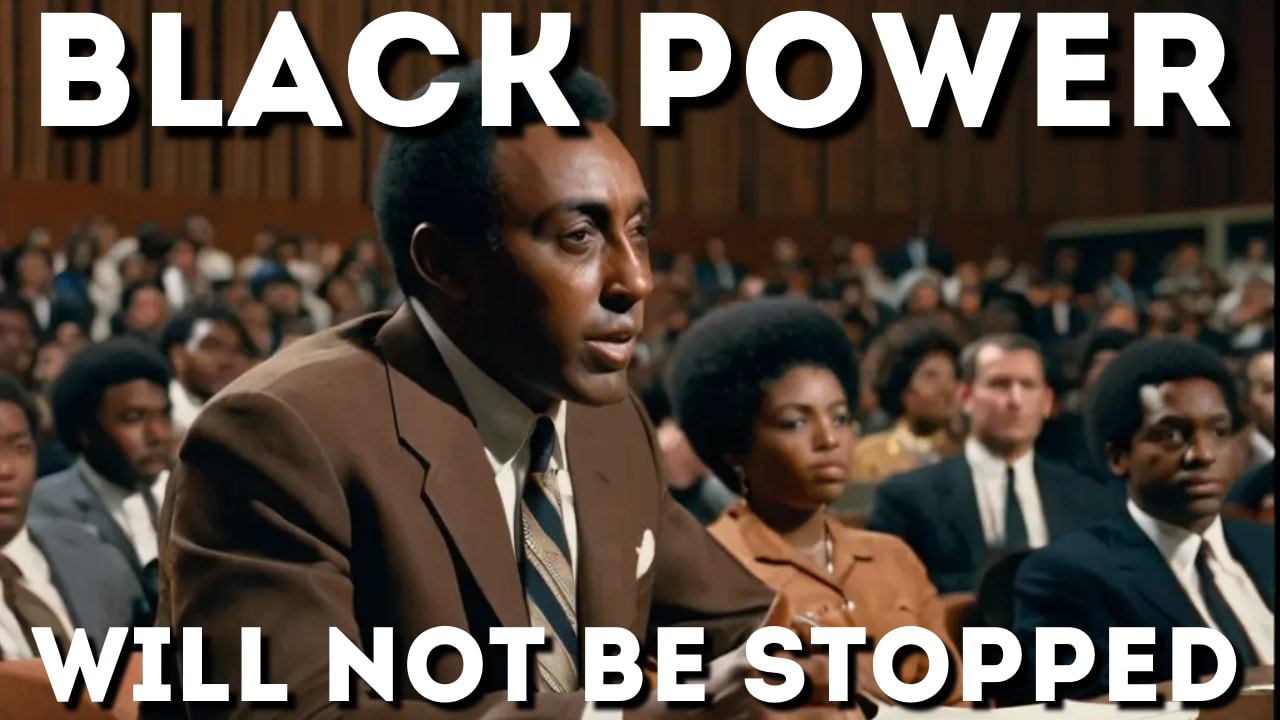
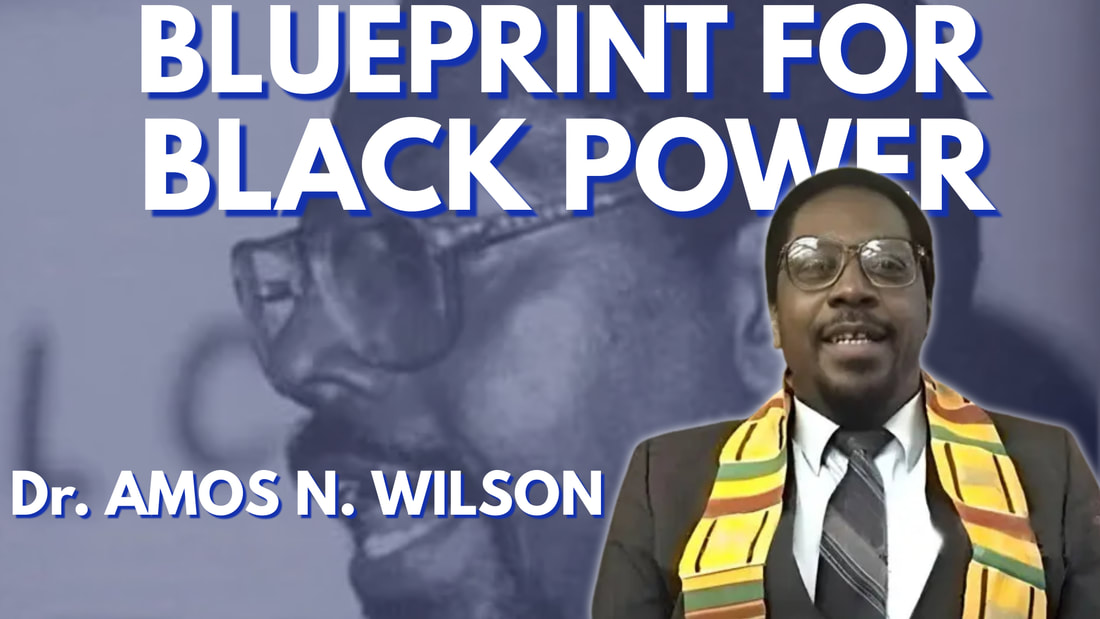
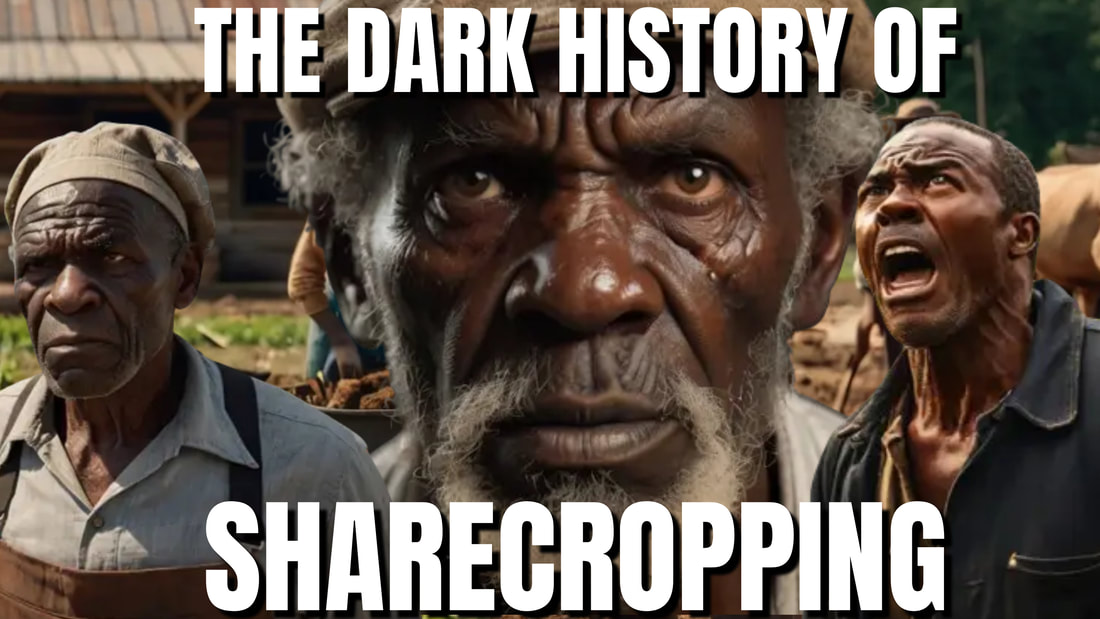
 RSS Feed
RSS Feed
